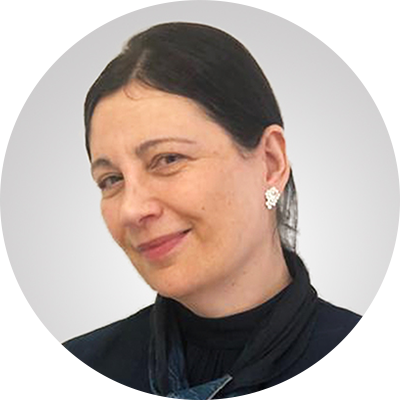This Brain Cancer Research Breakthrough Could Save Lives
A new method of blocking a naturally-occurring protein that boosts the disease could pave the way for a cure.
Here’s some uplifting news in the field of oncology. Researchers at Tel Aviv University in Israel have revealed a potential breakthrough in the search for a cure for brain cancer, considered the most aggressive and hard-to-treat cancer of all.
The team believes that it may have found a method to halt the spread of deadly brain cancer cells. The method, discovered in a new study recently published in the Nature Communications journal, relies on activating the brain’s immune system.
The research team was led by Professor Ronit Satchi-Fainaro, Director of the Cancer and Biology Research Center and Head of the Cancer Research and Nanomedicine Laboratory at Tel Aviv University’s Sackler Faculty of Medicine. The team also collaborated with Tel Aviv Sourasky Medical Center, who supplied Glioblastoma tissue samples removed during surgery, and neurosurgeons from Johns Hopkins University and the Lieber Institute in the US, supplying healthy brain tissue from autopsies.
Tel Aviv University researchers made a groundbreaking discovery in the fight against brain #cancer by preventing Glioblastoma from spreading, which is an aggressive type of cancer that can occur in the #brain or spinal cord.
— The Jerusalem Post (@Jerusalem_Post) April 11, 2021
https://t.co/KRdKNmqOKE
First, the team identified an unexpected failure in the microglia cells of the brain’s immune system when they interact with the cancer cells. They saw that this was boosting cell division and the spread of glioblastoma cancer cells, a lethal and fast-growing type of brain cancer:
As cells communicate with each other through proteins, the researchers checked which proteins get secreted when the microglia immune cells encounter the Glioblastoma ones. They blocked each of the six proteins they found to be over-expressed, to identify the one that enables the cancer to harness the brain's immune system to its own ends. They found that a protein called P-selectin or SELP, was the one responsible for disrupting the functions of the immune system and boosting Glioblastoma tumors.
SELP usually helps cells travel inside the body, but when it binds to brain immune cells, it alters their function. This means that instead of inhibiting the spread of cancer cells, it helps them multiply and penetrate brain tissues.
"We examined the interactions between the immune cells in the brain and the Glioblastoma cells in tumors that were recently removed from patients' brains. To our surprise, we found that not only do the microglia cells do nothing to stop the cancer cells, they actually play a crucial and negative role by accelerating the division, spread and mobilization of glioblastoma cells," explains Professor Satchi-Fainaro.
With this new understanding, the team was then able to suppress the secretion of the SELP protein in human cells in a lab model and in rodents, so neutralizing the failure in the immune system, restoring its normal activity, and blocking the spread of this aggressive cancer.
This exciting news brings hope to sufferers of Glioblastoma, which accounts for half of all primary brain cancers. This type of brain cancer has disappointing survival rates, even when traditional treatments including surgery, radiotherapy and chemotherapy are used. Additionally, Glioblastoma is defined as a “cold tumor”, which means that it does not respond to immunotherapeutic attempts to activate the immune system against it.
Professor Satchi-Fainaro, who has been studying Glioblastoma for the last decade, is hopeful that this new treatment may be the one to help sufferers in urgent need of a cure:
“Glioblastoma patients need new treatments immediately. Our treatment may be the needed breakthrough in the battle against the most daunting cancer of all.”
She also believes that the study may have broader therapeutic implications, for instance that SELP could relieve pain associated with sickle cell anemia.
YOU MIGHT ALSO LIKE:
Yoga Poses for Your Brain and Nervous System
TrialJectory Makes TIME’S Best Inventions 2020 List
Hero Doctor Lets Patients Pay For Surgery With Volunteer Work







